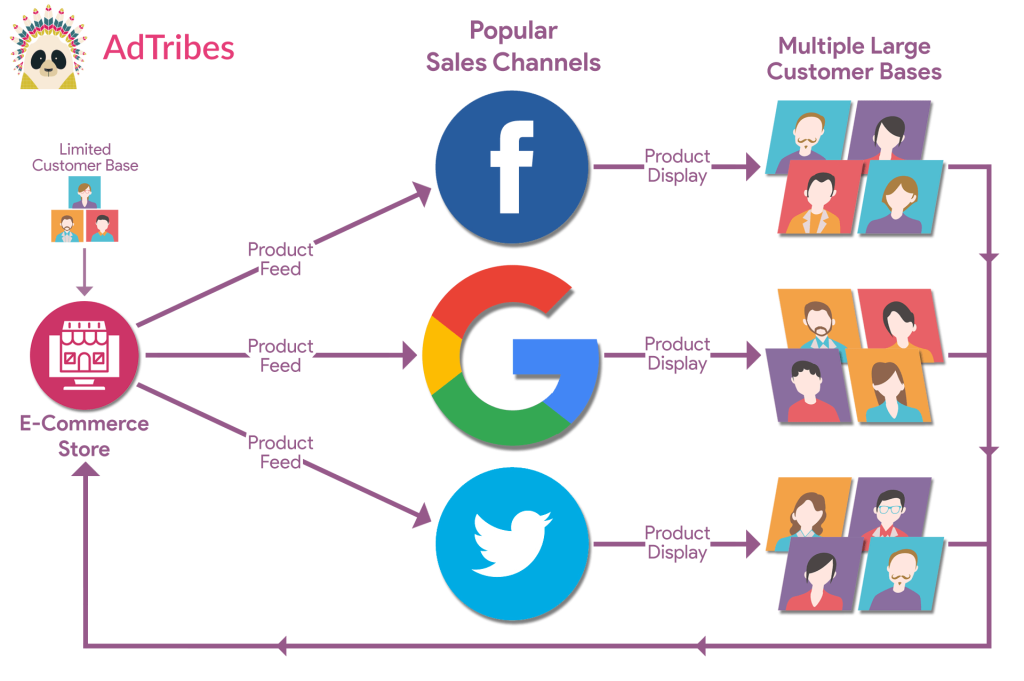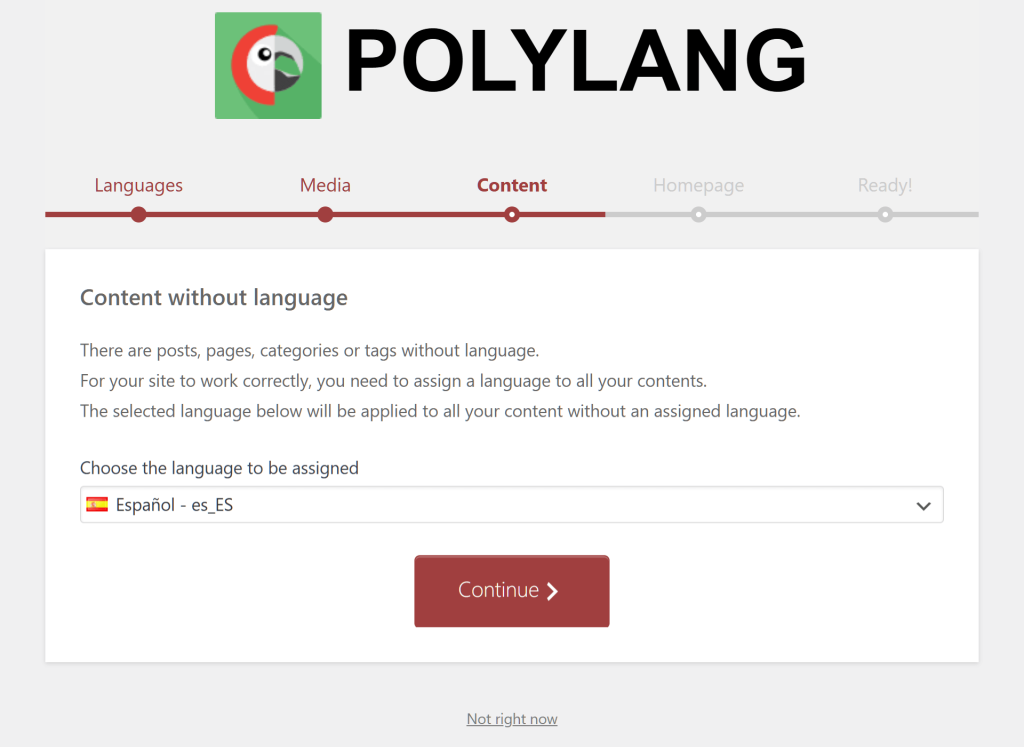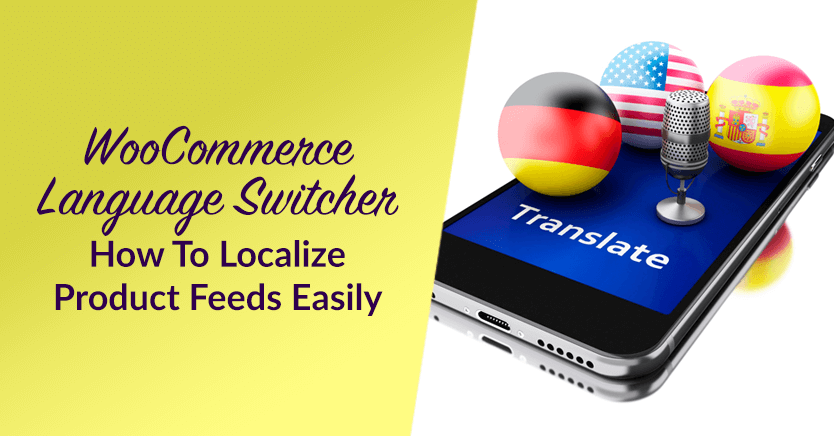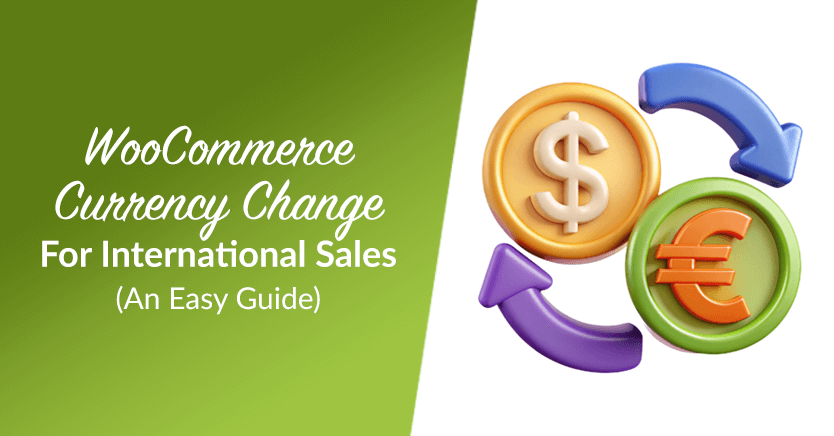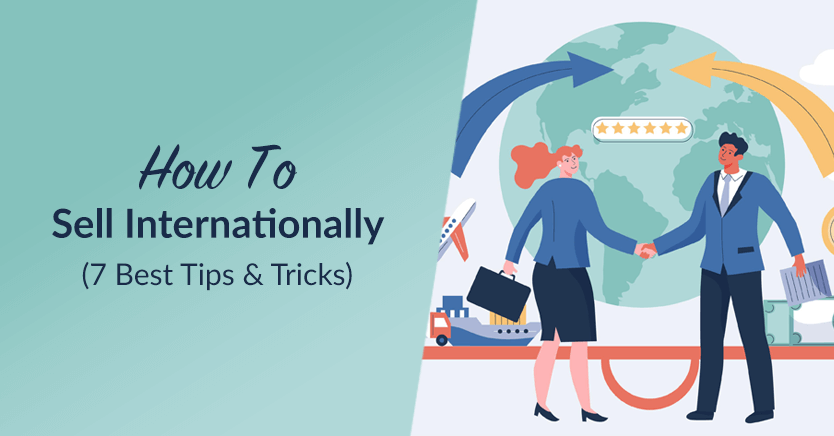
Sell internationally, and your WooCommerce store can grow far beyond its home market. After all, new countries mean more people, more sales, and more chances to build something big.
But it’s not always easy. What works in one country might fall flat in another. From languages to currencies to shipping rules, there’s a lot to figure out. It can feel like you’re learning to run a new store from scratch, just with the same products.
This guide will walk through some of the biggest steps. We’ll cover translating your store, choosing the right target market, using product feeds to sell on various channels, and more.
So let’s get right to it!
- I. Why Sell Internationally?
- II. Sell International: 7 WooCommerce Store Strategies That Work
- Conclusion
I. Why Sell Internationally?
Does global selling work?
Selling in other countries opens up more chances to grow. You’re not stuck with just one market anymore. If your store does well at home, it might do just as well—or even better—somewhere else.
Here are the various benefits you can expect when you sell worldwide:
1. More people can find your store: Sticking to one country limits who sees your products. Global selling means millions more people can visit your store.
2. You’re not relying on just one market: If sales slow down in your home country, other countries might still be buying. Thus, when you sell internationally, you spread the risk and keep your store moving.
3. Some products do better in other countries: What’s just “okay” at home could be super popular somewhere else. Different places have different trends, needs, and tastes.
4. You can make sales even while you sleep: Time zones work in your favor. When it’s night where you live, people on the other side of the world are shopping.
5. It helps your brand grow faster: The more places your store reaches, the more people remember your name. Even a small group of shoppers in another country can lead to bigger things later.
6. Certain countries shop more online: Some places have higher online shopping rates than others. That means your store might perform better abroad than at home.
7. Global seasons can balance your sales: When it’s summer in one country, it’s winter somewhere else. This means you can sell swimsuits and coats at the same time.
8. You may face less competition: In some countries, your product might be harder to find. That gives you an edge and makes your store stand out more.
II. Sell International: 7 WooCommerce Store Strategies That Work
So, are you eager to learn how to sell internationally?
Selling worldwide sounds exciting, but it can feel a bit messy at first. New languages, different prices, shipping rules—it’s a lot to figure out.
But it doesn’t have to be hard. With the right steps, your WooCommerce store can start reaching shoppers all over the world.
Here are 8 simple ways to sell globally without getting stuck.
1. Use product feeds
From our experience, one of the best ways to sell global is by using product feeds.
Product feeds are files that hold detailed information about your products. For example, feeds often include data such as product titles, prices, images, and descriptions.
When you send this file to sales channels like Google Shopping or Bing, they use the info to show your products on their platforms. This way, shoppers see the right details no matter where they find you.
This makes product feeds great for selling globally. With the right setup, you can choose which countries to target. For example, you might sell on Instagram in Australia or use Facebook to reach shoppers in Japan.
You can sell on as many sales channels and target as many countries as you want, all at the same time. The result? You can get your products seen by far more customers than if you only sold through your website, potentially boosting your sales!
Moreover, the right product feed software offers a range of features that make selling globally easier. For instance, AdTribes lets you adjust language and currency settings, ensuring a tailored experience for each target country.
Would you like to know more about product feeds? Then check out our extensive guide:
What Is A Product Feed And How Do You Create One? (Ultimate Guide)
2. Understand your new shoppers
When you sell internationally, what works in one country might not work in another. This is because each market has its own shopping habits and product preferences, which can affect how customers shop, what they buy, and how they expect to pay.
Thus, it’s essential to conduct market research if your goal is international ecommerce.
For example, some countries prefer to shop using mobile apps. In such a case, you can make your store mobile-friendly by optimizing your website, offering a mobile app, and advertising on platforms like Instagram or Facebook. This way, shopping on a phone is just as easy as on a desktop.
Moreover, shoppers in one country might prefer to pay in their local currency, while others may use credit cards in a different currency. Or, there may be higher demand for specific products in some regions than in others.
Thus, take the time to research such differences. Look at popular products, buying habits, and shipping preferences. Understanding these details helps you better serve each market. It’s like adjusting the recipe to fit different tastes.

3. Pick the right countries to target
When you decide to sell internationally, it’s important to choose the right countries. Trying to sell everywhere at once can spread you too thin, like trying to juggle too many balls at once. Instead, focus on markets where you already have some interest or where your products are most likely to succeed.
Look at your store’s data and traffic sources. For example, if you’re getting a lot of traffic from Germany, it could be a good idea to target that market first. You might also find that shoppers in North America or the UK are more likely to purchase your products.
When you pick the strongest markets based on your data, you can concentrate your resources and increase your chances of global selling success.

4. Connect to the right channels
To make global selling a success, it’s important to connect to the right sales channels. These platforms act like bridges that help you reach customers around the world. Google Shopping, Meta, and TikTok are all big players in this space.
For example, Google Shopping is a great choice if you’re targeting shoppers who often use Google to search for products. Meta platforms, like Facebook and Instagram, work well for visual products and reach many users. TikTok is a fun platform for creative ads, especially for younger shoppers.
You can also sell internationally on Amazon via the Amazon Global Selling program. This lets you list products on Amazon’s global marketplaces, reaching customers in other countries.
Becoming an Amazon seller this way is a great strategy for growing your business internationally. Not to mention, the Amazon brand is extremely popular all over the world.
But remember, not every channel works well in every country. In some countries, people might prefer shopping on Instagram, while in others, they might stick to Google. Even Amazon Global Selling isn’t available to everyone, including shoppers in Russia and Belarus.
Remember, knowing where your target market spends their time online can help you pick the right channels to list your products.
5. Translate your store
When it comes to selling internationally, language is one of the key factors for success. After all, if shoppers can read your store in their preferred language, they feel more comfortable buying from you, which can help build trust.
There are different ways to translate your store. Some plugins can do it automatically. You can also use translators, or a mix of both.
For example, if you’re running a WooCommerce store, you can use the free plugin Polylang to translate its content. Such plugins allow you to run a multilingual store with ease.
Furthermore, product feed solutions like AdTribes fully integrate with such translation plugins, making selling internationally more convenient.
A good international ecommerce strategy is to keep your writing simple and clear. This helps with accurate translations that are easy to understand, so customers know exactly what they’re buying. Remember: the goal is to make it feel like your store belongs in their country, not like a translation job.
Want more information on how to use translation plugins to sell internationally? Then check out the following guide:
WooCommerce Language Switcher: How To Localize Product Listings Easily
6. Show prices in local currencies
When you sell internationally, showing just one currency can cause confusion. Shoppers might hesitate if they don’t know how much they’re actually paying.
An excellent strategy is to use currency switchers, which allow customers to see prices in their own currency. Some tools even use automatic geolocation to show the right currency based on where the customer is.
For example, you can use Currency Switcher for WooCommerce to let international buyers switch between different currencies easily.
AdTribes also boasts full compatibility with popular currency switchers, making you more effective at selling globally.
Don’t forget about tax rules and duties! Include those in the price if possible, or let customers know they might have to pay them later. This builds trust and keeps things clear, thus boosting your chances of successful international selling.
Interested in using currency switchers to sell internationally? Then read the following in-depth guide:
WooCommerce Currency Change For International Sales: An Easy Guide
7. Tackle international shipping
When you sell internationally, shipping can become tricky. Costs, delivery times, and returns are all factors that can affect a large, medium, or small business. Think of shipping like the road that gets your products to customers. If it’s too bumpy or long, customers may turn away.
Shipping costs can add up quickly, especially for long distances. For example, if you’re selling internationally on Amazon, shipping to Australia might cost more than shipping to Canada. It’s important to find affordable options, like using flat-rate shipping or partnering with carriers that offer discounts.
Delivery times are just as important. Shoppers want their items fast. For instance, if you’re shipping to the UK, offering delivery in 5-7 days might be more attractive than a 3-week wait. Offering clear information on how long deliveries will take helps set expectations.
Popular carriers for global deliveries include UPS, FedEx, and DHL. These companies have systems in place to offer international shipments efficiently.
For example, FedEx offers international priority shipping with delivery in 1-3 business days. If you plan ahead, you can make your shipping process smoother and more reliable for your international customers.
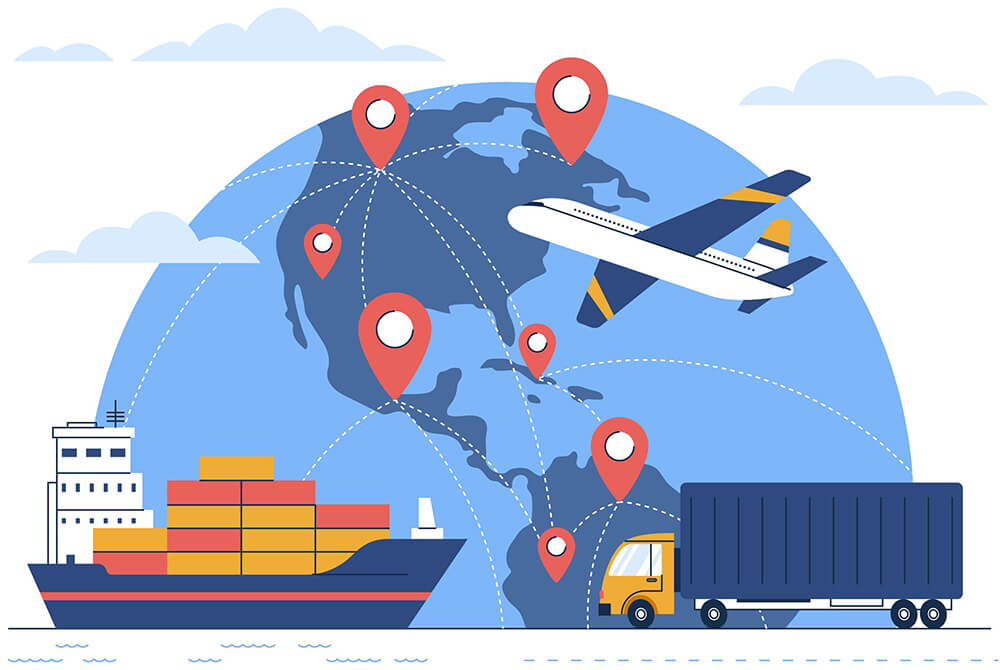
Conclusion
When you sell products internationally, you open the door to more shoppers, bigger sales, and stronger brand growth. However, going this route requires various strategies, such as using product feeds, selling on Amazon internationally by connecting to the Amazon Global Selling program, and more.
To ensure international ecommerce success, it’s crucial to use powerful strategies, such as:
- Using product feeds
- Understand your new international buyers
- Picking the right countries to target
- Connecting to the right channels
- Translating your store
- Showing prices in local currencies
- Tackling international shipping
With the right approach, you can start selling internationally and turn your WooCommerce business into a success.
Do you have any questions about selling worldwide? Reach out to us and let us know; we’d be happy to help!
